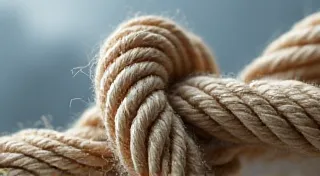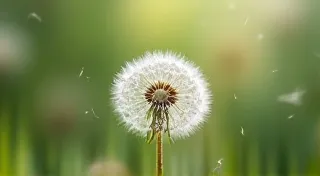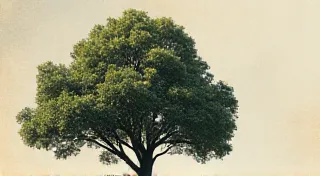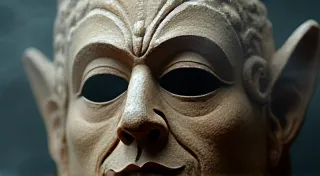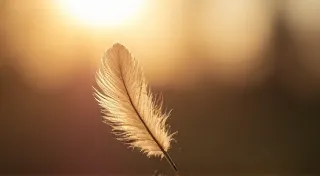Weaving as Resistance: Traditional Textiles and Cultural Preservation in Conflict Zones
The threads of a culture are often as intricate and resilient as the textiles its people create. More than just covering the body, woven fabrics embody history, identity, and shared experience. In regions ravaged by conflict and subjected to cultural suppression, these traditional weaving practices have become powerful symbols of resistance, a silent, yet vibrant, declaration of who we are and what we refuse to lose. They are a defiant chorus sung not in shouts, but in the meticulous rhythm of the loom.
My own fascination with textiles began not in a museum, but in my grandmother’s attic. Surrounded by dust motes dancing in the sunlight, I unearthed a chest overflowing with fragments of the past: faded photographs, yellowed letters, and bundles of handwoven cloth. She rarely spoke of her childhood in a remote village, a place now etched with the scars of decades of unrest. But the fabrics themselves spoke volumes. The vibrant indigo blues, the earthy reds and ochres, the complex geometric patterns—they were echoes of a life she’s long attempted to bury under layers of forced assimilation. It was through these silent witnesses that I began to understand the profound connection between a people and their craft.
The Loom as a Legacy: Historical Context
The history of regional weaving is inextricably linked to migration, trade, and cultural exchange. For centuries, nomadic groups across the Middle East, Central Asia, and the Caucasus have carried their looms and traditions, adapting techniques and designs as they moved, exchanging patterns and materials with the communities they encountered. The intricate carpets of Persia, for example, weren’t born in a vacuum. They are the culmination of centuries of influence from the Silk Road, incorporating elements from China, India, and beyond. Each knot, each carefully selected dye, tells a story of movement and adaptation.
However, this rich tapestry of cultural interaction has often been disrupted by conquest and oppression. Colonial powers frequently sought to suppress local industries, promoting mass-produced textiles and undermining the skills of indigenous artisans. In many regions, weaving was actively discouraged as a form of cultural subjugation, an attempt to erase the visible markers of identity. The forced adoption of foreign dress codes, the prohibition of traditional festivals, and the dismantling of artisan guilds were all part of a larger strategy to dismantle cultural cohesion and assert dominance.
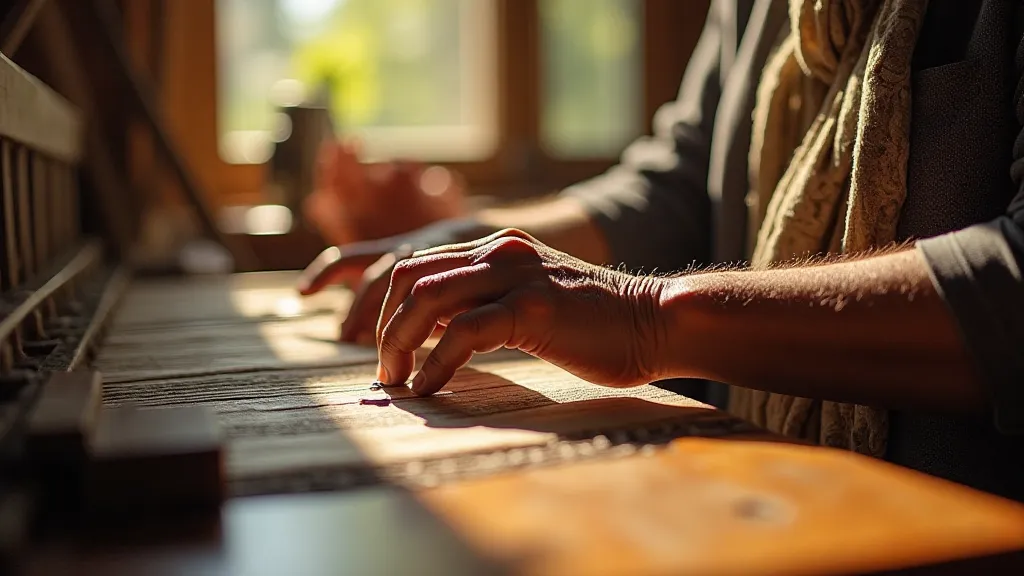
Threads of Defiance: Weaving as Resistance
It is in these contexts of cultural suppression that weaving has taken on a new significance: a defiant act of preservation. In Myanmar, for instance, the Rohingya people, facing systematic persecution and displacement, continue to weave their traditional patterns, passing down the knowledge to younger generations as a way to maintain their identity. The vibrant colors and intricate motifs of Rohingya textiles represent a connection to their ancestral lands and a refusal to be erased from history. The act of weaving itself becomes a form of resistance, a reaffirmation of existence.
Similarly, in the Kurdish regions of Iraq, Syria, and Turkey, weaving traditions have been passed down through generations, often in secret, as a way to preserve cultural memory. Kurdish kilims (flatwoven carpets) are renowned for their distinctive geometric designs, often incorporating symbols of resistance and resilience. During periods of political repression, these motifs were subtly encoded into the patterns, serving as a form of silent communication and a reminder of shared identity. The careful selection of materials, the specific arrangement of colors – all became imbued with symbolic meaning.
The process isn’t always straightforward. The materials themselves can become a source of contention. Access to natural dyes, traditionally sourced from local plants and minerals, is often restricted under oppressive regimes. Artisans are forced to adapt, sometimes resorting to synthetic dyes that compromise the longevity and authenticity of the textiles. Yet, even these adaptations tell a story of ingenuity and perseverance.
Craftsmanship and the Future of Tradition
The artistry involved in traditional weaving is breathtaking. It’s a skill that demands years of dedicated practice, a deep understanding of materials, and a keen eye for detail. The use of natural dyes, extracted from plants, insects, and minerals, is a laborious process, requiring specialized knowledge of botanical chemistry and dyeing techniques. Each color is achieved through a series of complex chemical reactions, influenced by factors such as water quality, sunlight, and temperature.
The looms themselves are often handcrafted, passed down through generations of artisans. The construction of a traditional loom is a testament to the ingenuity and resourcefulness of the weaver. Each component is carefully shaped and assembled, often using locally sourced materials. The rhythm of the loom – the clatter of the shuttle, the tautness of the warp threads – becomes a meditative practice, a connection to the ancestors who came before.
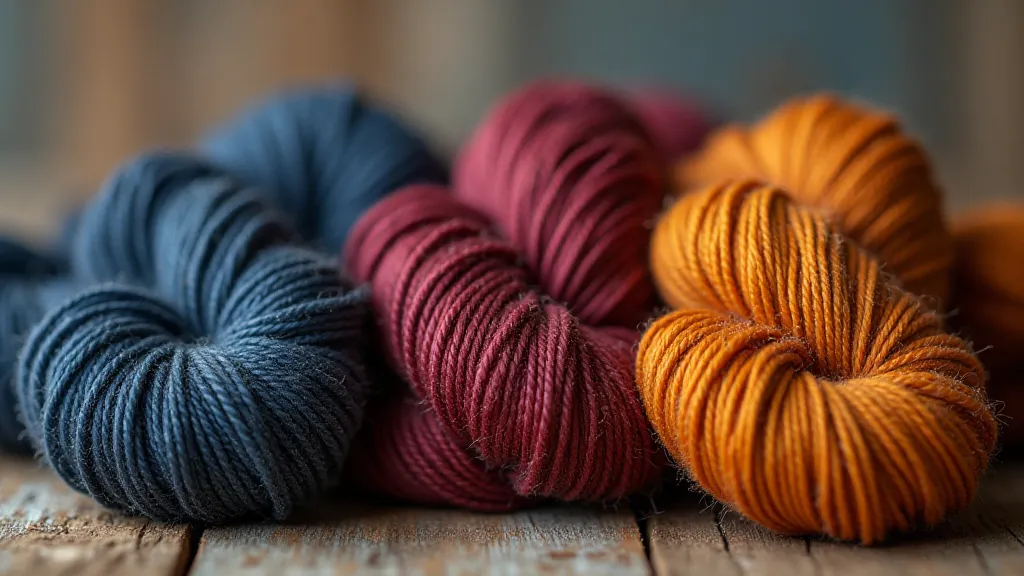
Preserving the Legacy: Collecting and Restoration
The survival of these weaving traditions depends on a delicate balance between preserving the past and adapting to the present. While large-scale industrial production poses a threat, there’s also a growing appreciation for the artistry and cultural significance of these textiles. Collectors, museums, and non-profit organizations are playing a vital role in documenting and preserving these traditions, supporting artisan communities, and raising awareness of their cultural importance.
For those interested in collecting traditional textiles, understanding provenance and authenticity is key. Antique pieces often bear the marks of age and wear, but these imperfections are part of their charm and historical significance. Careful examination of the weave, the dyes, and any visible repairs can provide clues about the textile's origins and history. A knowledgeable dealer can be an invaluable resource in navigating the complexities of the market.
Restoration, when approached with sensitivity and expertise, can help preserve the integrity of these textiles for future generations. However, it's crucial to avoid intrusive interventions that could compromise their authenticity. Cleaning, stabilization, and minor repairs are often the most appropriate course of action. The goal is to stabilize the textile and prevent further deterioration, not to restore it to a pristine condition.
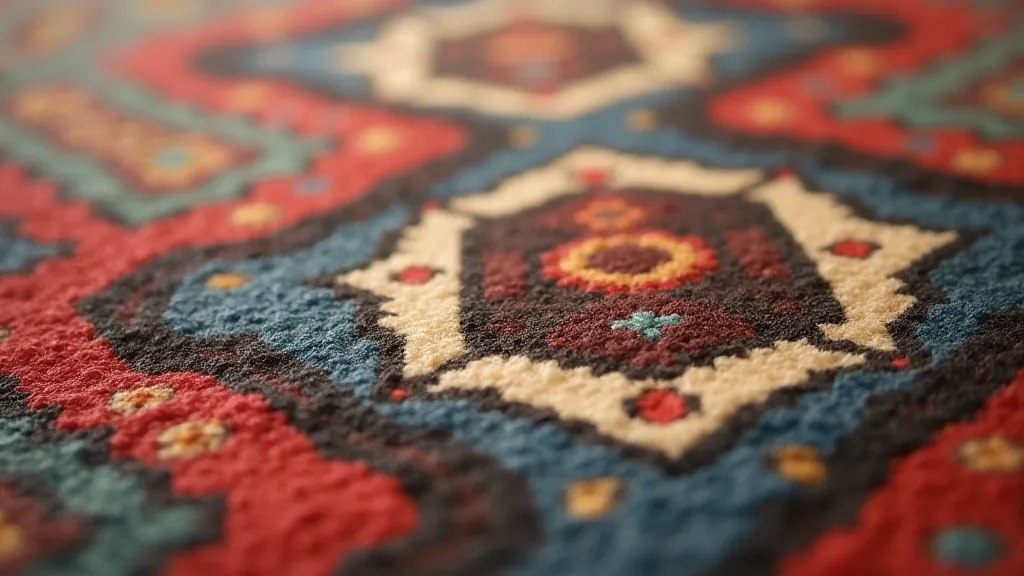
Ultimately, the survival of these weaving traditions is a testament to the enduring power of human creativity and resilience. They are more than just beautiful objects; they are living embodiments of culture, history, and identity. By appreciating and supporting these traditions, we can help ensure that these vibrant threads continue to weave the tapestry of humanity for generations to come.
